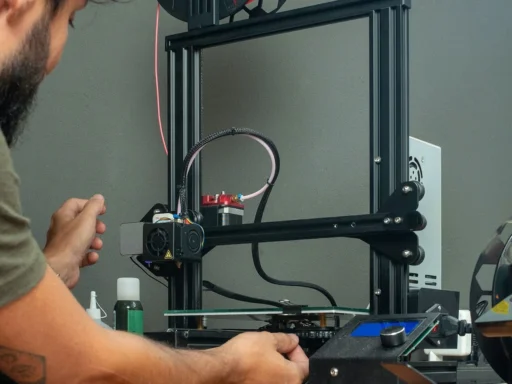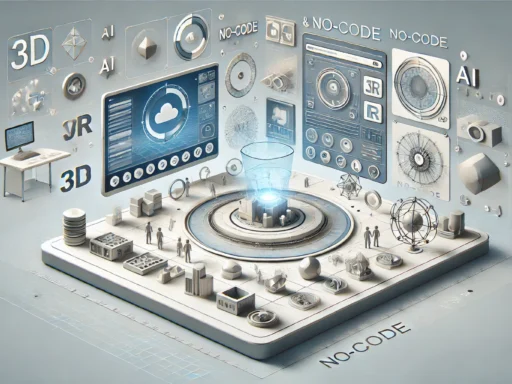In an era of tech breakthroughs, researchers at Stanford University have achieved a real feat in microscopic manufacturing. Led by PhD candidate Jason Kronenfeld, and with guidance from Carbon founder Joseph DeSimone, the team has developed a brand new 3D printing technique called roll-to-roll continuous liquid interface production (r2rCLIP). This technique has all the potential to elevate workflows across various industries, from pharmaceuticals to microelectronics.
r2rCLIP simplifies the production of minuscule particles as tiny as specks of dust. These particles can be used in diverse applications, such as drug delivery, microfluidics, and precision manufacturing. The story of r2rCLIP began with DeSimone’s earlier work on continuous liquid interface production (CLIP) in 2015. This method brought a new dimension to digital light processing (DLP) technology, enabling the continuous production of high-quality 3D printed objects. Based on this, r2rCLIP further enhances scalability and speed, making the production of up to one million customizable microscale particles daily entirely possible.
According to Kronenfeld and DeSimone, the implications of r2rCLIP are profound. The delicate balance achieved between speed and resolution is vital for applications that might require large volumes of precise parts. Kronenfeld explains that going from lab scale to industrial production is crucial for translational impact: “Our approach maintains high-resolution outputs while meeting the fabrication pace essential for various applications.”
While 3D printing has excelled in macroscopic objects, r2rCLIP revolutionizes microscale manufacturing. The team’s experiments with ceramics for microelectronics and hydrogels for drug delivery showcase its versatility. The intricate shapes enabled by r2rCLIP could lead to breakthroughs across numerous fields, promising transformative advancements in technology and medicine.







